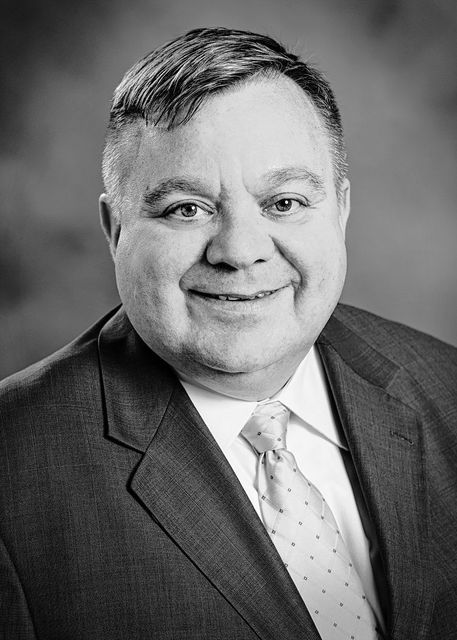Click here to subscribe today or Login.
The National Student Clearinghouse Research Center’s recent report confirms a national trend in higher education that also bodes well for local collegians and our communities in Northeastern Pennsylvania: An increasing number of students who enroll at community colleges later earn a traditional four-year college degree.
The center tracks almost all students who enter a college in the United States. In 2011, more than 575,000 students attained a community college degree for the first time. About 65 percent of them enrolled in a four-year program within six years and about 41 percent have obtained a bachelor’s degree, according to the report.
The results are even stronger for students under the age of 20. More than 61 percent continue their studies and receive their bachelor’s degrees, and more than 80 percent enroll in courses for their second degree. The second-degree pursuit slows slightly to 67 percent for adults ages 21 through 24 and then again to 58 percent for those over the age of 24. Women and men both enroll in the second program about 66 percent of the time with an equal 42 percent completing a degree.
Community colleges, clearly, are providing capable students another gateway into the four-year higher education system. In my view, the results are outstanding and commendable.
The time it takes these students to earn their bachelor’s degree is also impressive. The majority – about 67 percent – receive a degree in less than three years. This route for degree attainment is almost equivalent to the 65 percent of students who begin at a private college and complete a degree within six years. It also exceeds the 54 percent of students who begin at a public college and receive a degree, according to a recent report on degree attainment by the Council of Independent Colleges.
Additionally, students who enroll in a certificate program at a community college have about a one in three rate of attaining a bachelor’s degree, while more than two-thirds of these students receive an associate’s degree within two years.
At Misericordia University, we work closely with the community college system to increase effectiveness for transfer students. If a student transfers to Misericordia before receiving their associate degree, we will “reverse transfer” the final credits so they can receive the two-year degree while also working toward a bachelor’s degree. Furthermore, Misericordia and Luzerne County Community College have collaborated to design 18 complementary programs in nursing, business, communications and more. These types of academic programs assure students at the community college that courses transferred or earned as a part of their associate degree studies will count toward their bachelor’s degree. By our institutions working together, our students can obtain all of the necessary credentials in a timely and cost-effective manner.
Our national system of post-secondary education has many components, including trade schools, community colleges, online programs, universities and traditional four-year liberal arts colleges. We do compete for students, but each of us aims to provide the best outcome for students.
At the same time, our increased spirit of cooperation is providing additional value to our students – what we in higher education call the private good – and to our communities in the form of an educated and committed graduate who is ready to play a positive role in our collective and shared future – or the public good.
Many students are ready and have the resources and opportunities to pursue a four-year degree directly. It is a positive sign for all of us that there are successful gateways for students who choose a different path to their successful destination.





